Our experience in Ethiopia has been one full of valuable lessons and incredibly discoveries. Such an old and storied culture is bound to have many exciting attractions that reward the determined traveler. We collected a small list of sites that any visitor to Ethiopia must put on their to-do list
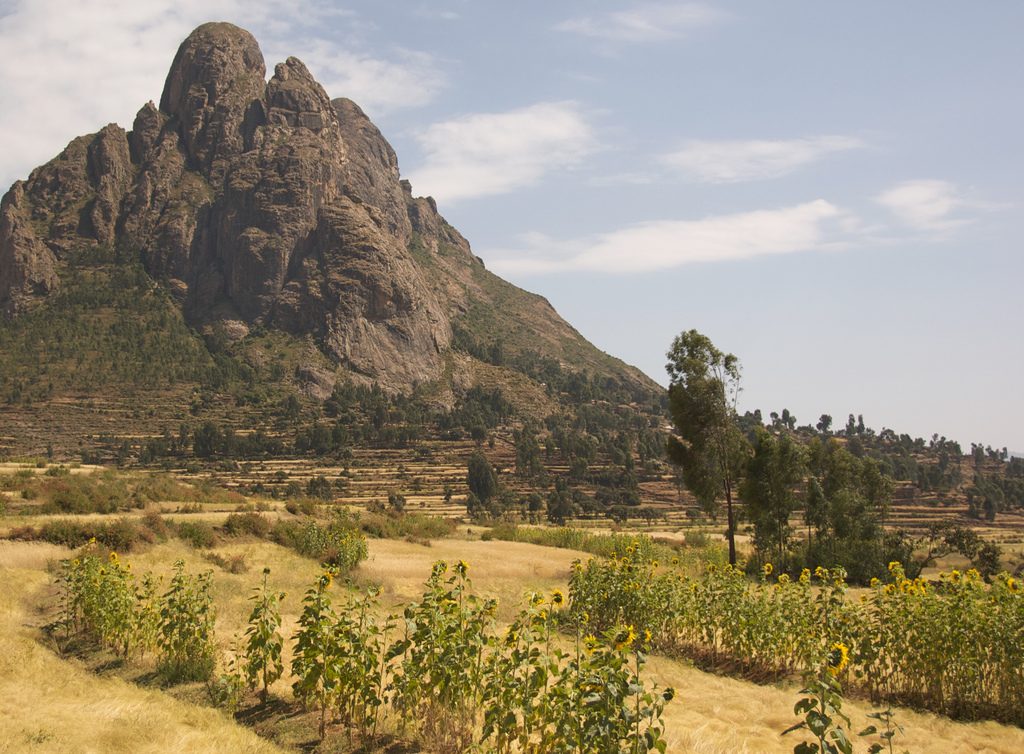
The Tigray Highlands of North Ethiopia
Lalibela
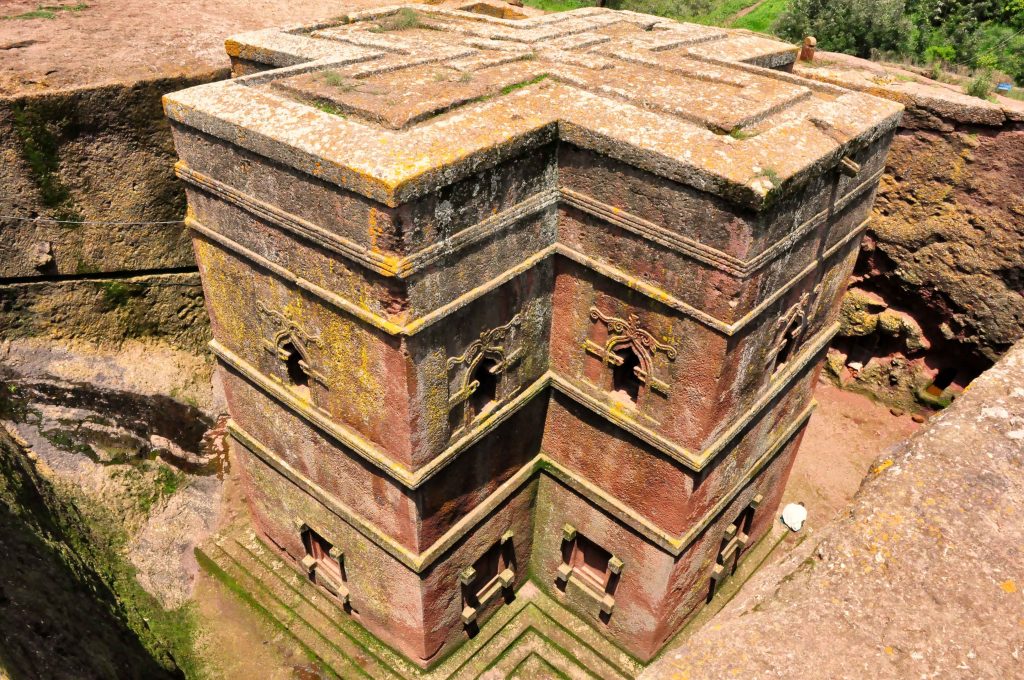
The Rock-Hewn Churches of Lalibela
One of Ethiopia’s most revered destinations, Lalibela features world famous monolithic churches, cut from a solid piece of stone. The layout of these iconic buildings is said to be modeled after Jerusalem. Early Ethiopians built these churches as a safe pilgrimage destination after travelling abroad became dangerous. Today, these buildings stand as a testament to human ingenuity and dedication. A visit to Lalibela will reveal an intricate and painstakingly crafted system of passageways connecting some of the world’s oldest rock cut churches. Any trip to Ethiopia would be incomplete without touring these gifts of the past for the present.
Simien National Park
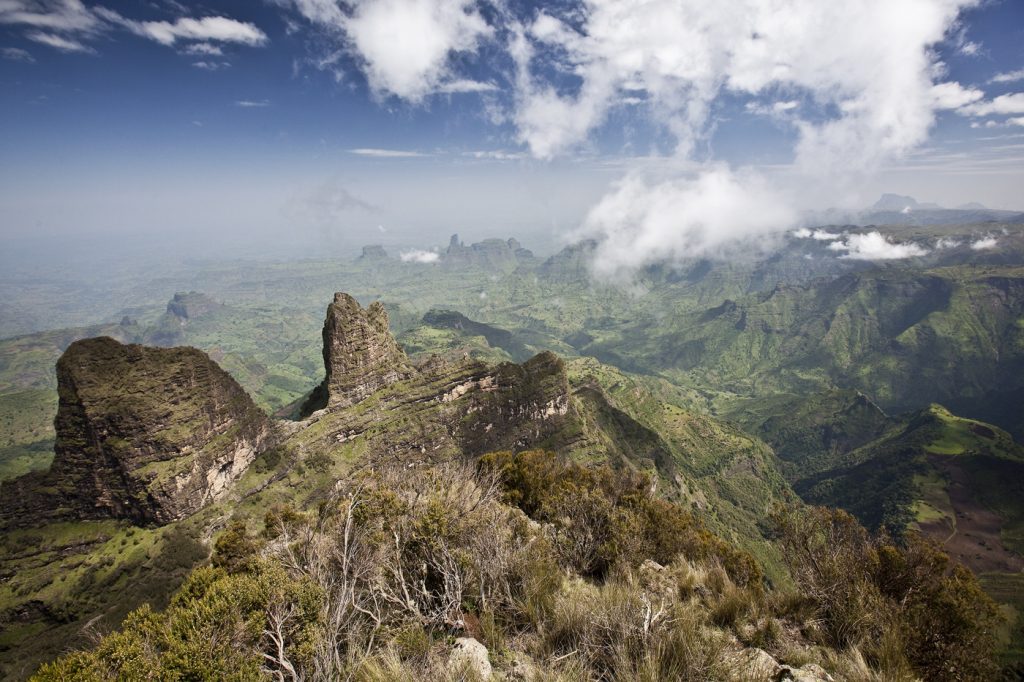
The Semien Mountains
We’ve recently partnered with the African Wildlife Foundation to help outfit the Mountain Rangers of this UNESCO World Heritage Site, to do our own little part in preserving a site of such beauty. The park is home to many unique species, and offers unparalleled views of one of Africa’s most unique mountain ranges. The different seasons provide different adventure opportunities depending on your preferences. Visiting over the summer months will provide a misty experience that offers almost otherworldly visions of fogs rolling through the deep valleys, while the winter months offer crisp temperatures and snow-capped peaks. While touring the massive park, you may be lucky to encounter animal species such as the Gelada Monkeys or the Walia Ibex, both found exclusively in the Simien Mountains. For those with a thirst for adventure, it is recommended to travel with a guide through these mountains, to discover little known paths and animal viewing areas.
Danakil Depression
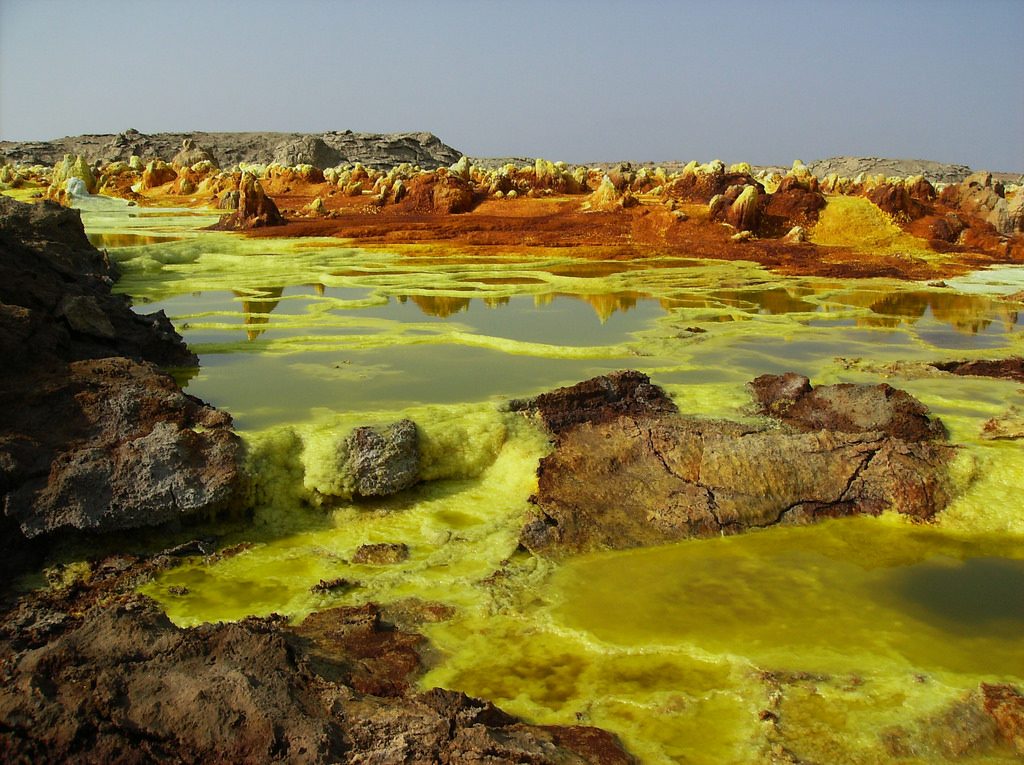
The Sulphur pools of the Danakil Depression
As a stark contrast to the misty peaks of the Simien Mountians, the Danakil Depression is hottest and lowest areas on Earth, and experiences very little rainfall. Often hailed as one of the most inhospitable places on the planet, the area is actually better known as the “cradle of hominids” after the discovery of “Lucy”, our earliest known bipedal ancestor. While the Danakil Depression is a land of extremes, it also offers a unique snapshot of our Earth as it was billions of years ago. The stark landscape features brightly colored pools of Sulphur and acid which mix danger and beauty, along with numerous lava pools in one of the most volcanically active places on Earth. Travelling through this area is not without its difficulties due to its remote and harsh environment, yet it attracts thousands of visitors every year to share its natural wonders.
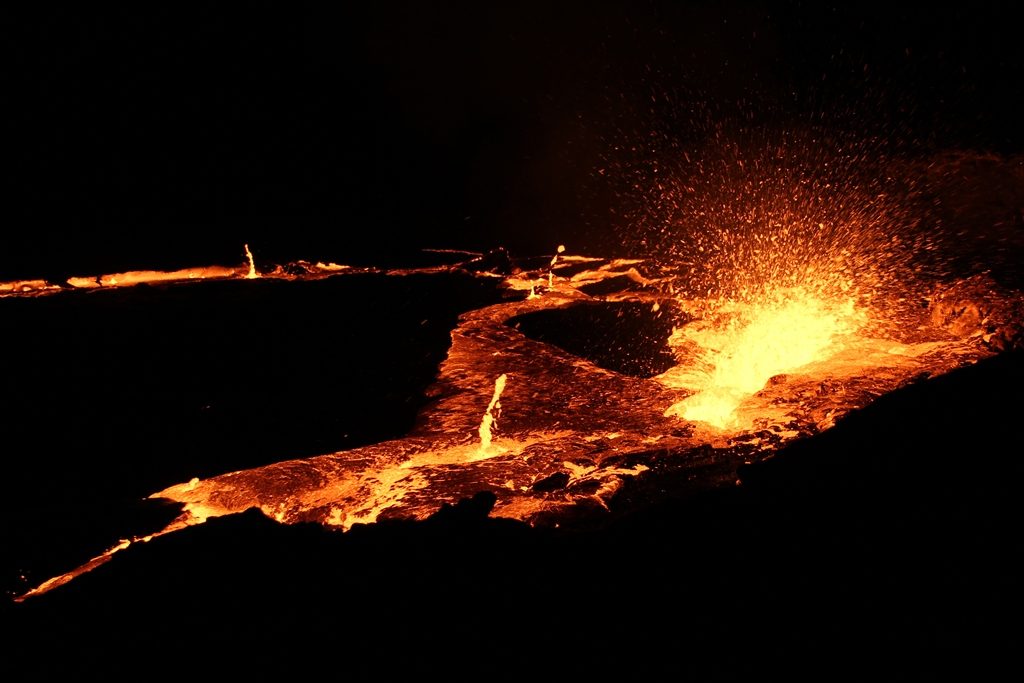
A lake of fire in the Danakil Depression
Addis Ababa
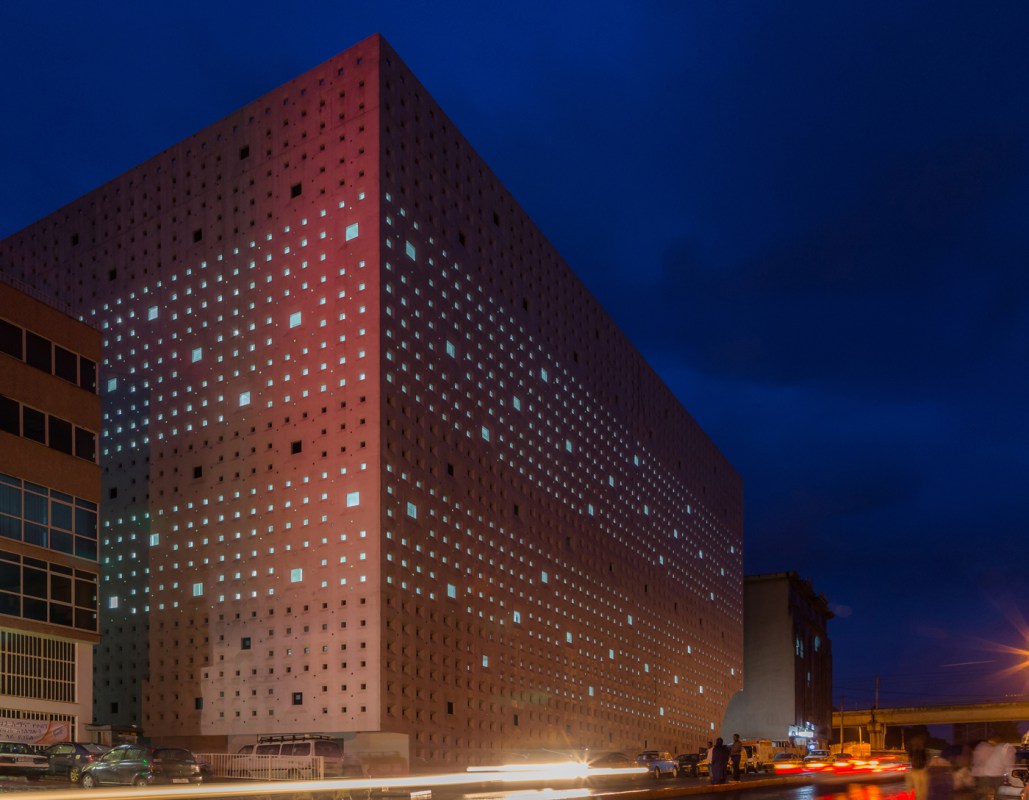
The Lideta Mercato Mall
Ethiopia’s capital city, Addis Ababa is a rapidly modernizing metropolis in the heart of Africa’s fastest growing economy. A visit here offers a mixture of authentic open air markets, futuristic construction projects and an Ethnological museum that features artifacts from one of the oldest societies on Earth.
Arba Minch
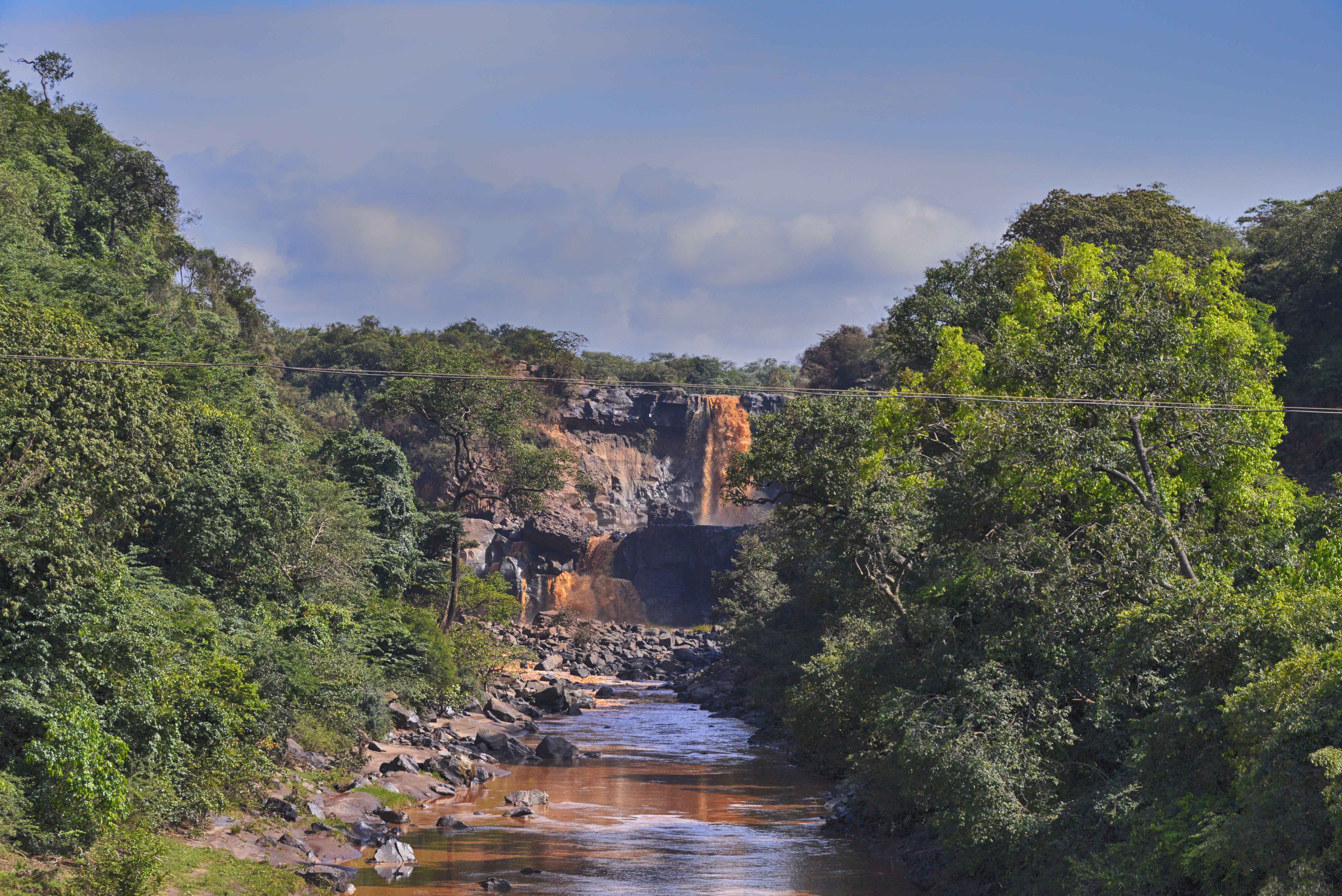
Nechisar National Park
Visitors to the town of Arba Minch typically tour the nearby Nechisar National park, which features numerous guided tours throughout the areas bustling wildlife hotspots. Boat tours throughout the region’s lakes will get you heart-poundingly close to both Hippopotamus and Nile Crocodiles, two of Africa’s deadliest animals. For a tamer experience, the parks grasslands are home to huge packs of Zebras and stunning natural beauty.
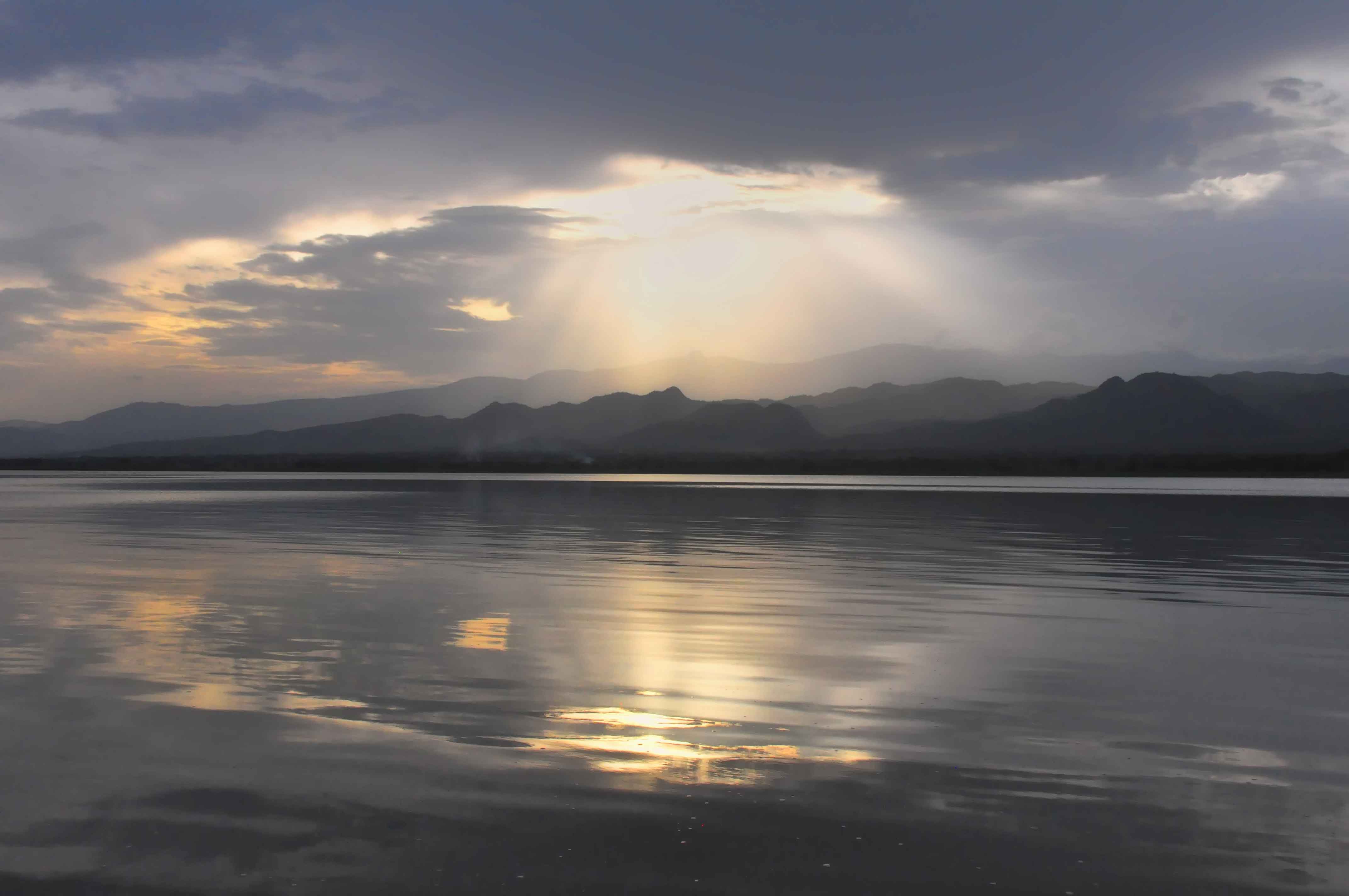
Lake Abaya
These are a small part of a list of must-sees in Ethiopia, yet they offer a good entry into the cultural and geographical wonders available to any traveler with a taste for the unique and exciting.





